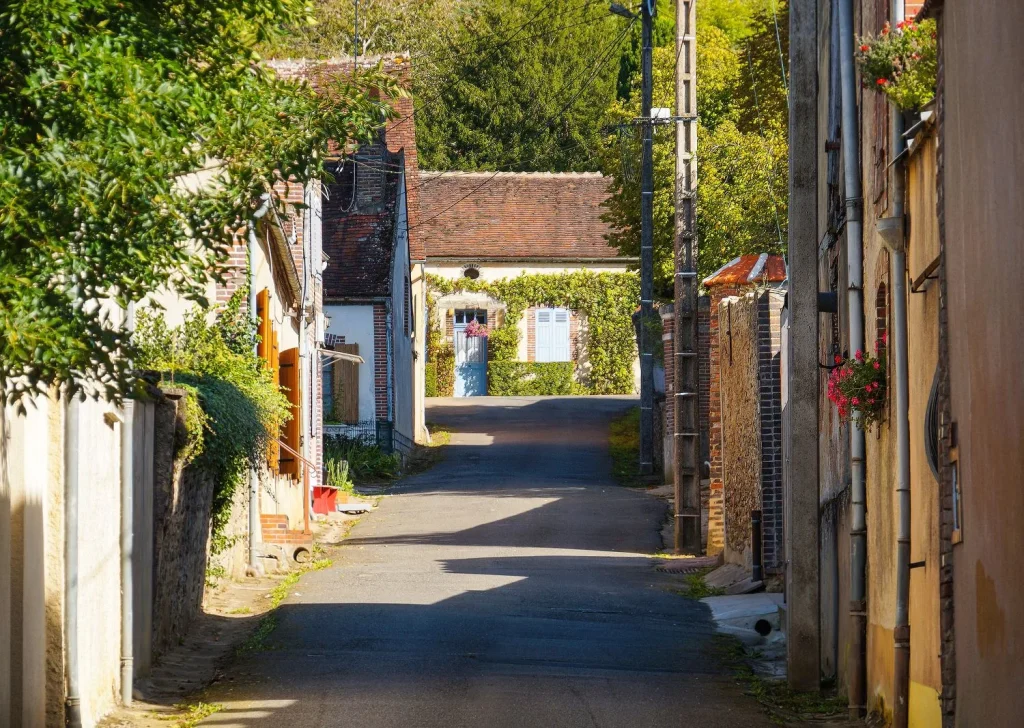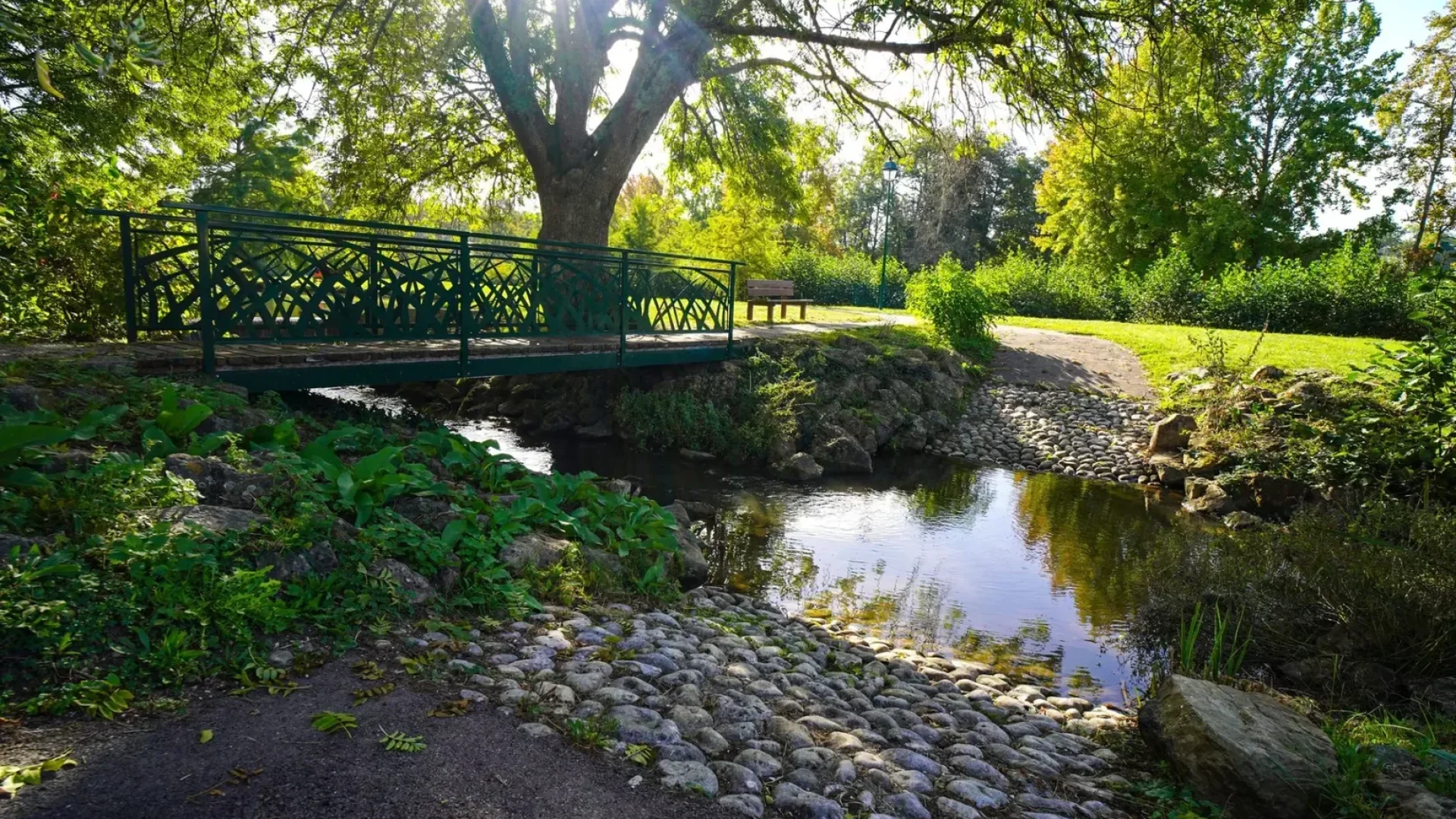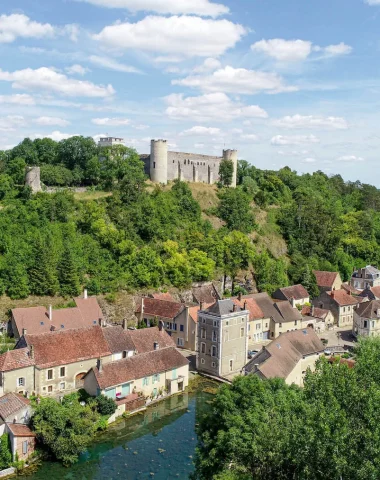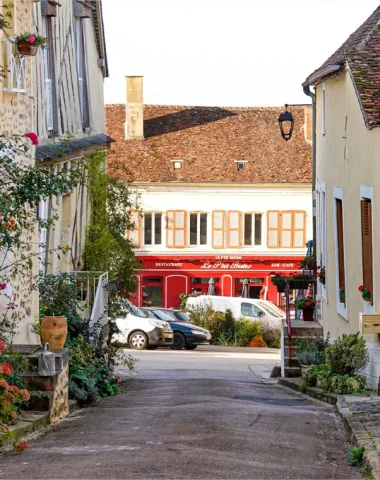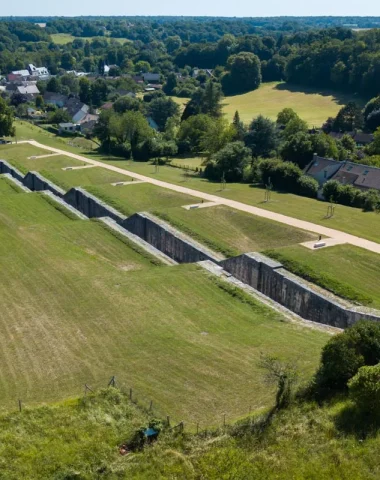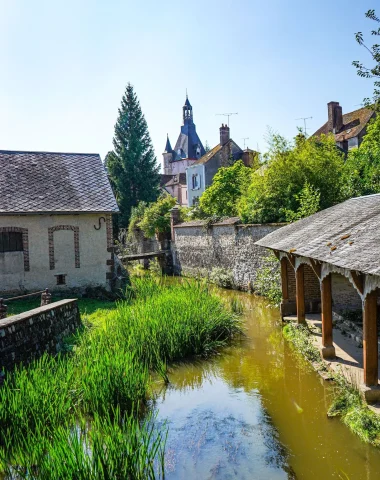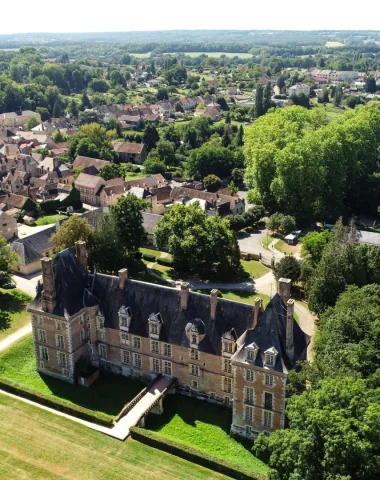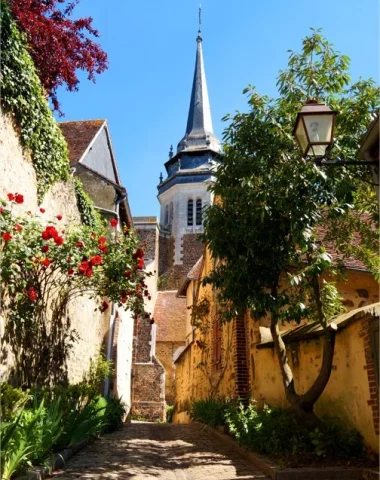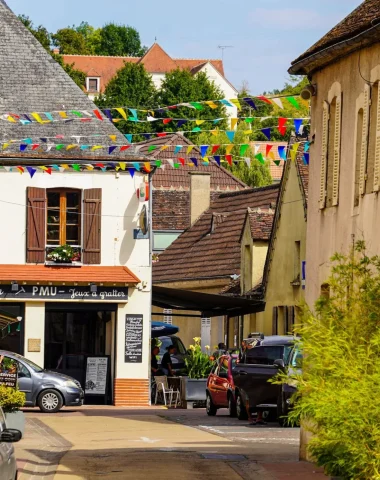Nestled in the heart of the magnificent Puisaye-Forterre region, the beautiful villages captivate with their timeless charm and picturesque architecture. Explore the soul of the French countryside through these villages located around Saint-Fargeau and Saint-Sauveur-en-Puisaye.
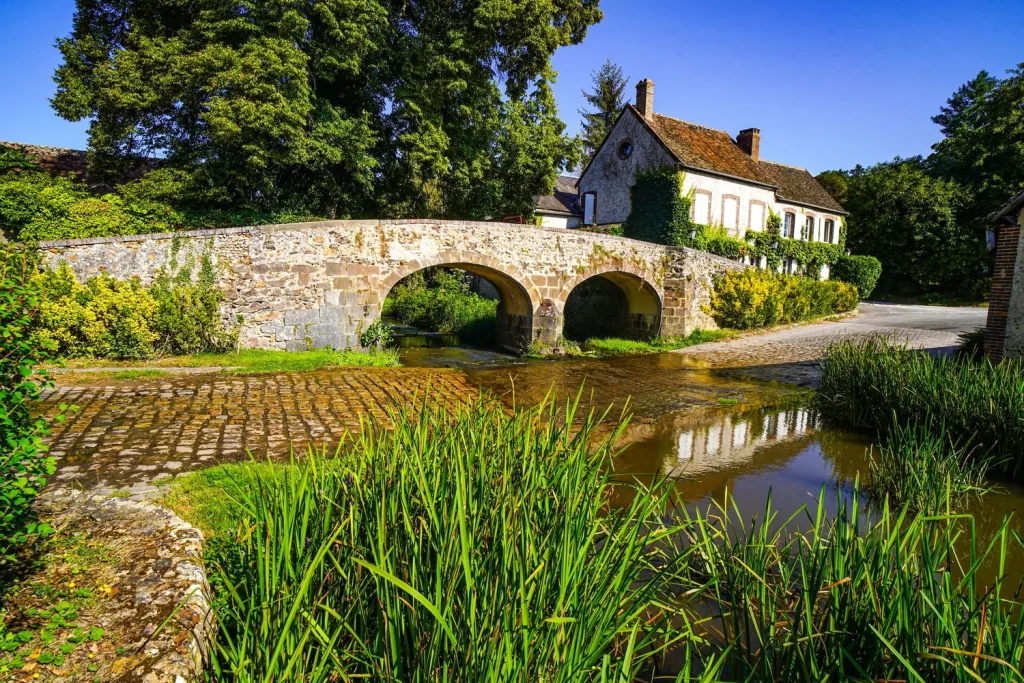
Mézilles
It is a small village of Puisaye of around 600 inhabitants, surrounded by woods, crossed by the Branlin, which run several mills and a sawmill. Several fords cross it, the one located at the “old bridge” (1870th century) in the heart of the village was for centuries a place of passage for cars, teams, herds, the only crossing of the river until the XNUMXs. The walk in the village is pleasant, interesting, we discover a very varied habitat there from the workers' houses of the "iron workers" to the beautiful residences of the 18th and 19th centuries, including some half-timbered houses from the 16th century.
Saint-Privé
Saint-Privé is a village which has the desire to dedicate its landscape to the painter Henri Harpignies. It is therefore obvious to have his works discovered by a 3,5 km course around the village. The Michelangelo of trees, as Anatole France described him, was inspired by the hedges and woods of Puisaye. His works today enrich the Musée d'Orsay but Saint Privé allows a return to the source of the inspirations of this great painter. This route that the village offers you to take allows you to learn about the life of Henri Harpignies and discover the places he painted.
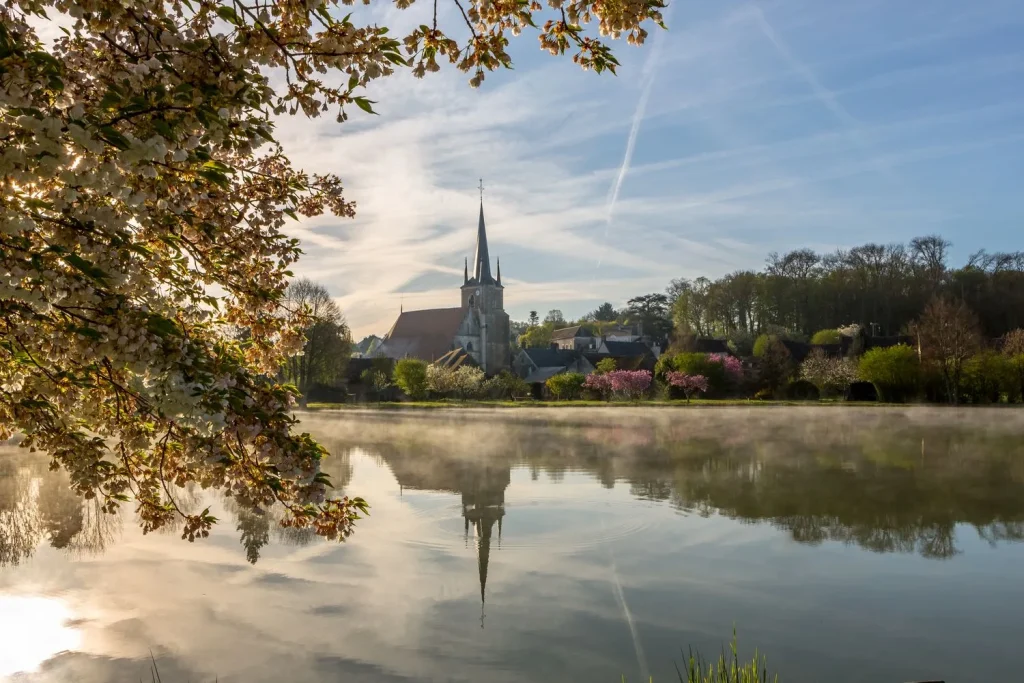
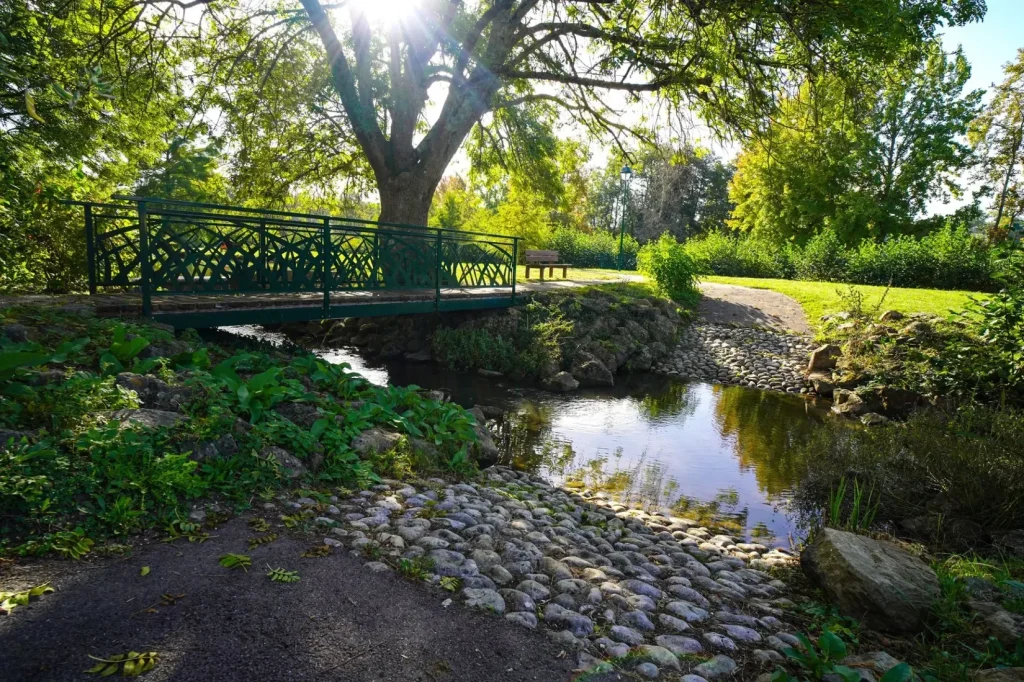
Bleneau
A small town in Yonne, in the heart of Puisaye, Bléneau is located between Auxerre and Briare, on the banks of the Loing. The town is located about fifteen kilometers from Saint-Fargeau, not far from the 7 Rogny locks. Always full of charm, the town of Bléneau attracts visitors with its architectural heritage and its ambient calm. You can walk around the Pierre Doudeau water gardens.
Villiers-Saint-Benoit
The very important metallurgical activity in Antiquity has left traces in the landscape of Villiers-Saint-Benoît with the presence of a iron worker. Several wash houses are spread across the commune where water is very present: three streams, five ponds and an underground river. The church, built in the 13th century on the site of a 10th century chapel, has wall paintings classified among the most beautiful in Puisaye; it is listed as a historic monument, like the village church of Villotte. Away from the village, a pretty chapel from the 12th century, remodeled in the 17th century, dedicated to Sainte-Reine, completes the built heritage. The municipality has the Puisaye Museum of Art and History, which has a rich collection of Burgundian earthenware and statues.
